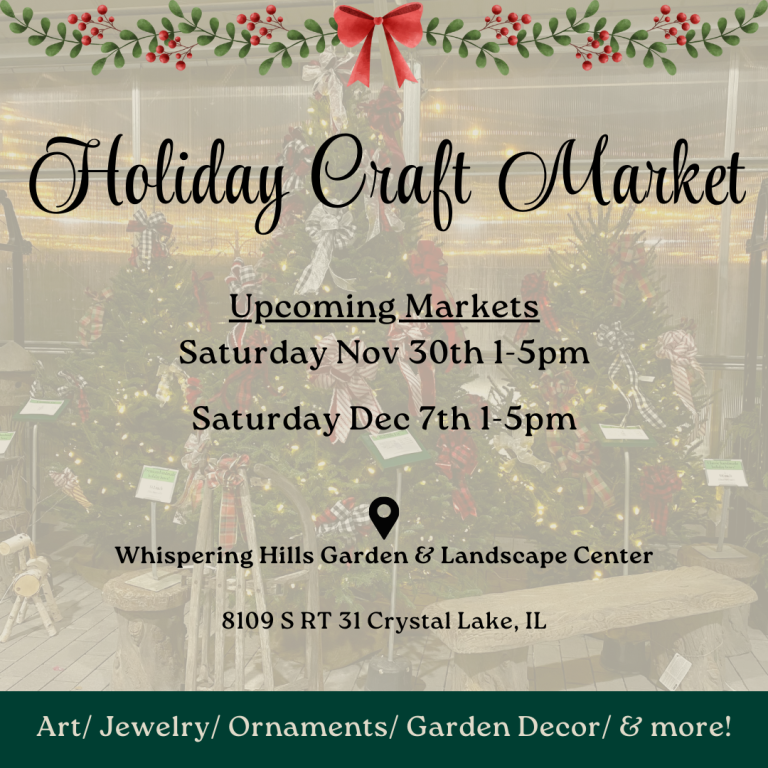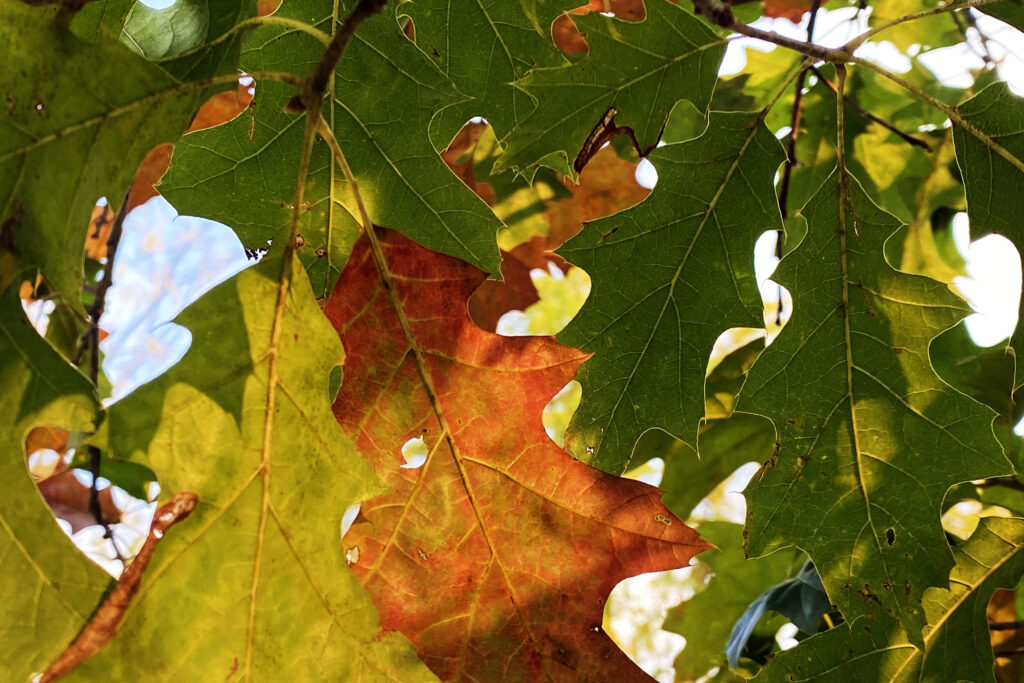

The first thing that you think of when you think of fall will probably be the beautiful display of color that trees are known for during the end of year seasons. October is a great time to really notice this change, as the slight color change of September is now in full force. Walking through a hiking trail or driving through a wooded street, it’s now impossible to not notice the yellows, oranges, reds and browns that mesh together to form the iconic gradient of fall time.
Different kinds of trees turn different colors at the end of the year. During the growing season, tree leaves continuously create chlorophyll, then break the chlorophyll down for energy. The process of creating and breaking chlorophyll down is what gives leaves their green color, and when temperatures begin to drop, that chlorophyll production is slowed. Other chemical components of the leaves, like carotenoids and anthocyanin, are then responsible for the color that appears on fall leaves. As each tree produces a different variation of chemical compound, each tree ends up turning a color distinctive to itself in fall.
Trees with characteristic fall color:
Oaks: red, brown, or russet
Hickories: golden bronze
Aspen and yellow-poplar: golden yellow
Dogwood: purplish red
Beech: light tan
Sourwood and black tupelo: crimson
The color of maples leaves differ species by species:
Red maple: brilliant scarlet
Sugar maple: orange-red
Black maple: glowing yellow
Striped maple: almost colorless
Not all trees turn a vibrant, saturated, warm tone color. Some leaves of some species, such as the elms simply shrivel up and fall, exhibiting little color other than a dried up, desaturated, brown.
According to the US Department of Agriculture Forest Service, “the timing of the color change also varies by species. For example, sourwood in southern forests can become vividly colorful in late summer while all other species are still vigorously green. Oaks put on their colors long after other species have already shed their leaves.” Continuing, “these differences in timing among species seem to be genetically inherited, for a particular species at the same latitude will show the same coloration in the cool temperatures of high mountain elevations at about the same time as it does in warmer lowlands.”
The forest preserves of McHenry and Lake Counties are well stocked with a diverse array of trees. Next time you walk through your favorite hiking path on a cool autumn stroll, take the time to notice the different kinds of trees that spot the landscape. Notice the colors, and see if you can associate colors to types of trees. Do you have a favorite fall time color? Try to identify the tree by its fall color and learn more about the trees in our area.
Whispering Hills Garden and Landscape Center is a full service landscape center and nursery located in Cary, Illinois. Stop in today for our full selection of fall annuals, mums and autumn decor!
Shop Archive





In an era where sustainability is more than a buzzword, Whispering Hills Garden Center

June is National Pollinator Month, a perfect time to celebrate the essential role pollinators
**IMPORTANT** Non e-commerce prices listed on various pages of this site, may not reflect the most up-to-date prices. Call to verify prices before coming in.
